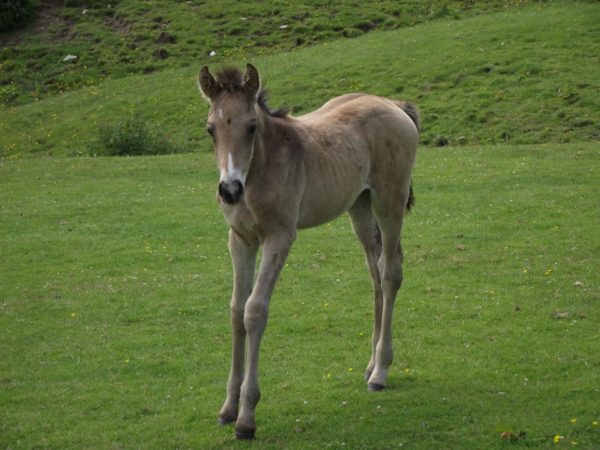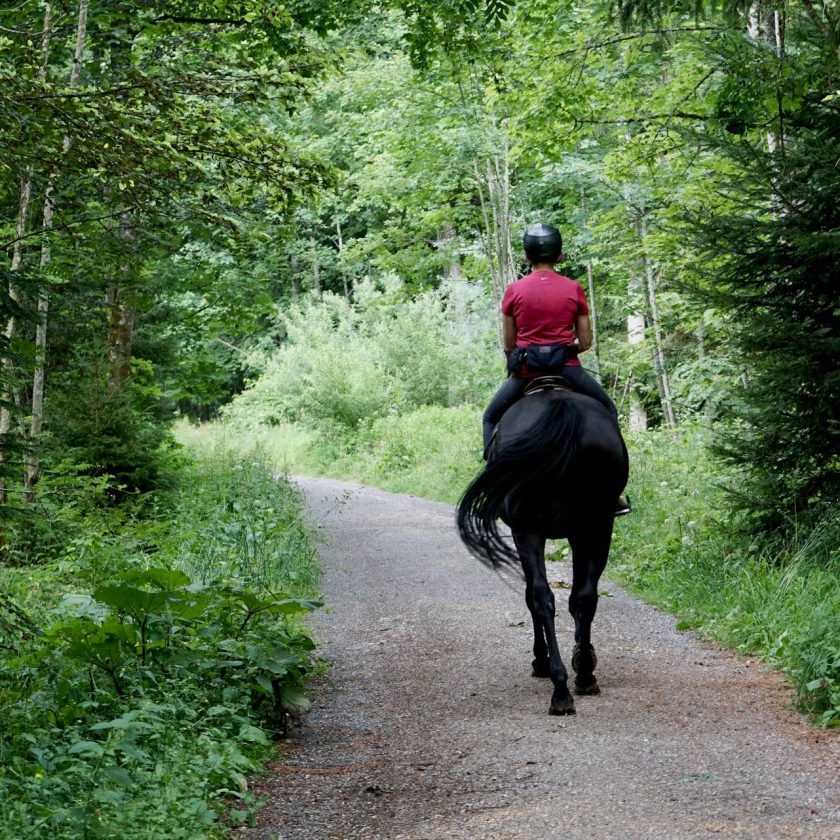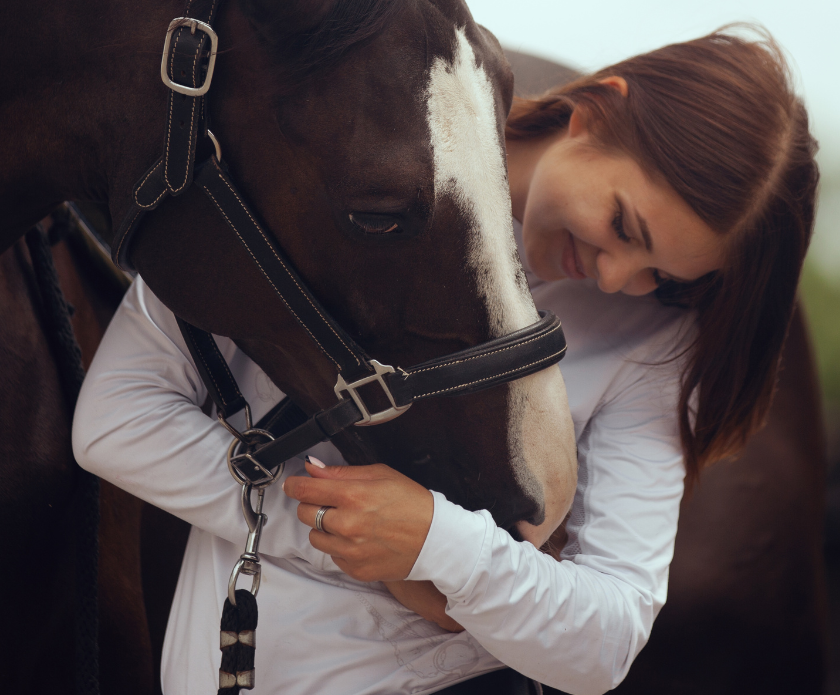Feeding youngstock – everything you need to know
Advice – Feeding youngstock in the first year
New-born horses are beautiful, if somewhat gangly, creatures – but they’re also a bit of a nightmare when it comes to figuring out how to properly feed them in that first year! What you want to aim for when feeding a foal or growing horse is a steady increase in height and weight.
At birth, a typical thoroughbred foal will weigh approximately 10% of their adult weight, which is approximately between 450/500 kilograms, and will typically gain 1 kilogram a day for the first 12 months of its life. At 12 months of age he will have reached approximately 90% of his adult height and 60-70% of his adult weight.
Birth to Six Weeks: Mother Knows Best
Colostrum, otherwise known as ‘first milk’, is produced by the foal’s mother and must be consumed by the foal within the first 12-14 hours of its life. Colostrum provides essential antibodies to help the foal develop a healthy immune system. It’s important to note that if your foal is rejected by its mother or orphaned it is essential that you provide a replacement for the colostrum, contact your vet for advice on this. The mare’s milk alone will meet the foal’s nutrient requirements for the first six weeks.
More often than not, though, you’ll find that the foal will have the occasional inquisitive nibble at its mother’s food bowl from around 2 weeks of age – this is fine as long as the mare’s feed is also suitable for the foal! Cubes are not suitable for foals under 6 months of age due to the risk of choke.
Six Weeks to Three Months: Introduce Feed
The foal’s nutrient requirements starts to increase at around 6 weeks of age and you will need to provide some additional nutrients. Choose a feed or balancer suitable for foals under 6 months and provide ad lib soft hay or haylage.
Three Months Onwards: Establish Their Diet
From three months your foal should be established on their own ration of feed as increasing nutrient requirements coincide with drop in milk quality.
Weaning, the process of separating the foal from its mother, usually happens between 4 to 6 months. Distancing them from their mother is a stressful time for the foal which may lead to a loss of appetite and reduced growth. However resist the temptation to try and compensate for this by over-feeding.
Whether you choose a compound feed such as a ‘Stud Mix or Cube’, or a balancer should depend on the foal’s condition. Balancers provide a concentrated source of nutrients alongside limited calories so are ideal for foals and youngstock that do not need the calories provided by traditional stud feeds.
The foal will need to stay on a stud-appropriate feed until two years of age, and then you can move onto an adult feed.
There we have it, a helpful guide to feeding your youngstock. Click here to check out the Spillers line of Stud Feeds that can help you cover the growth of your foal to a fully developed fit, health and happy Horse!





